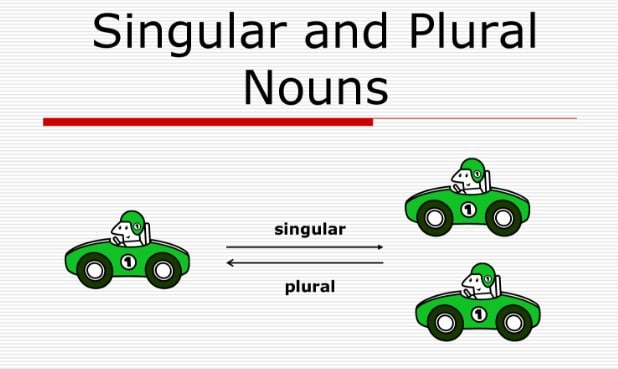



Jika sudah paham dengan materi singular dan plural noun, yuk kita uji pemahaman kita, apakah benar-benar sudah bisa membedakan kapan harus menggunakan singular, dan kapan harus menggunakan plural, dan apakah kita juga sudah bisa merubah bentuk singular ke plural dengan benar ataupun belum. Adapun aturan perubahan bentuk dari singular ke plural, kalian bisa melihat materinya lebih detail di materi singular and plural nouns di sini. Sedangkan plural noun merupakan kata benda bentuk jamak, yang biasanya diawali dengan kata sandang dalam bentuk angka lebih dari satu, ataupun beberapa kata yang menyatakan banyak seperti many, some, several, dll. The noun, whether it is singular or plural, it stays in the root form without any changes.Singular noun biasa disebut dengan kata benda tunggal, yang biasanya diawali dengan penggunaan kata sandang a/an/one. When in doubts, you can just simply add numbers or other counting words before the noun to make it plural. When making Indonesian Plural Nouns, you can simply reduplicate the word. For example ‘satu gigi’ (tooth) and ‘beberapa gigi’ (teeth), the word ‘gigi’ does not change and no additional alphabet as well. Most importantly, whether it is singular or plural form, there is no change made for the noun. The simplest way to make plural is using reduplication and using numbers. This means you have to pick the right verb conjugation. Irregular plural form has no strict rules. Tiga lembar daun (three pieces of leaves)

When using the counting words, you do not need to reduplicated the noun because it already in plural form. Some words such as ‘beberapa’, ‘banyak’, and also numbers are also used to form plural noun. ‘Para’ cannot be used for regular noun, such as buku (books), pulpen (pen), dan such.Įven though there are rules about plural form in Indonesia, there are still some irregular forms that you should know. As the word ‘para’ always refers to groups of people, make sure to never use it for nouns.


 0 kommentar(er)
0 kommentar(er)
